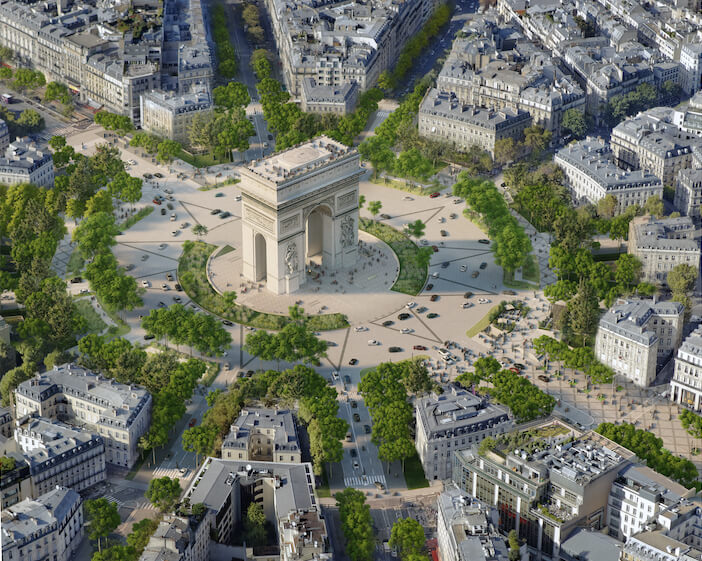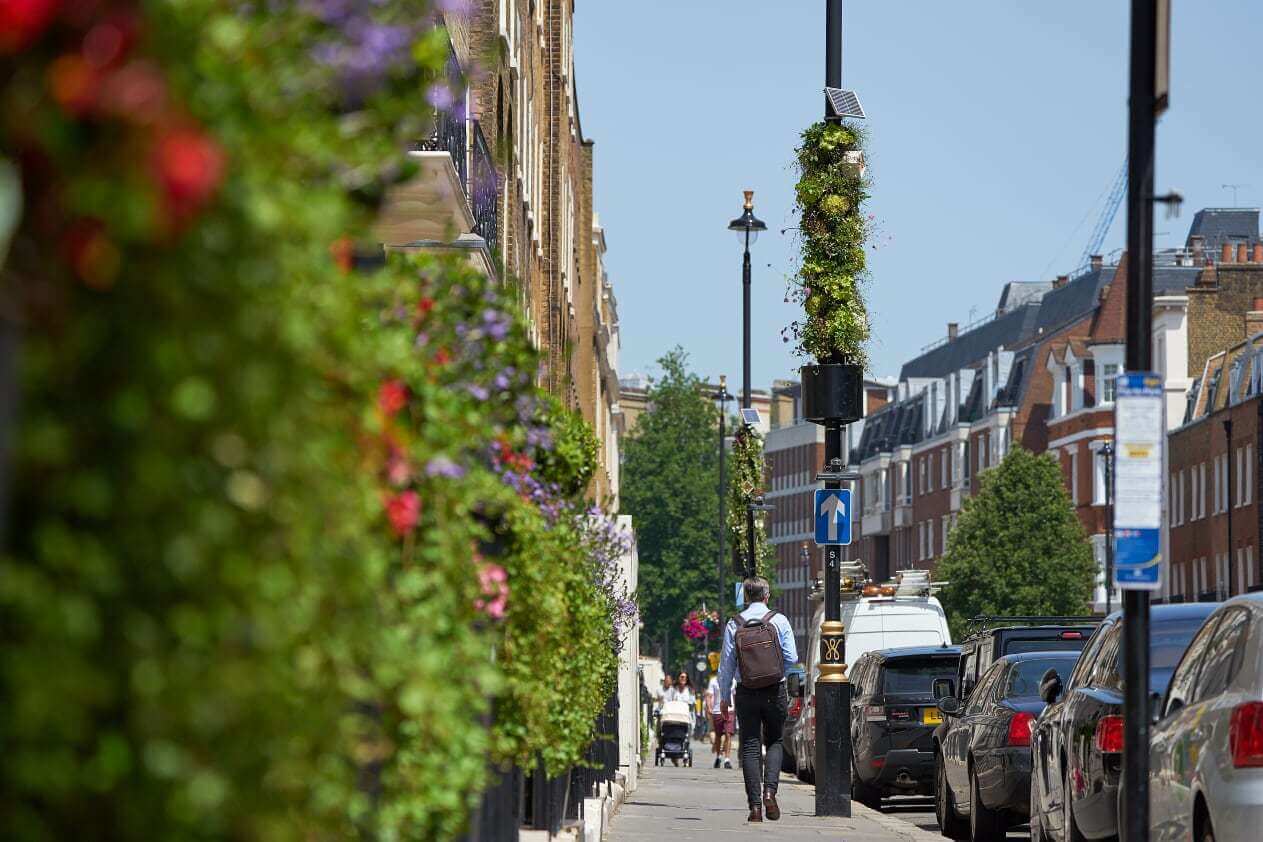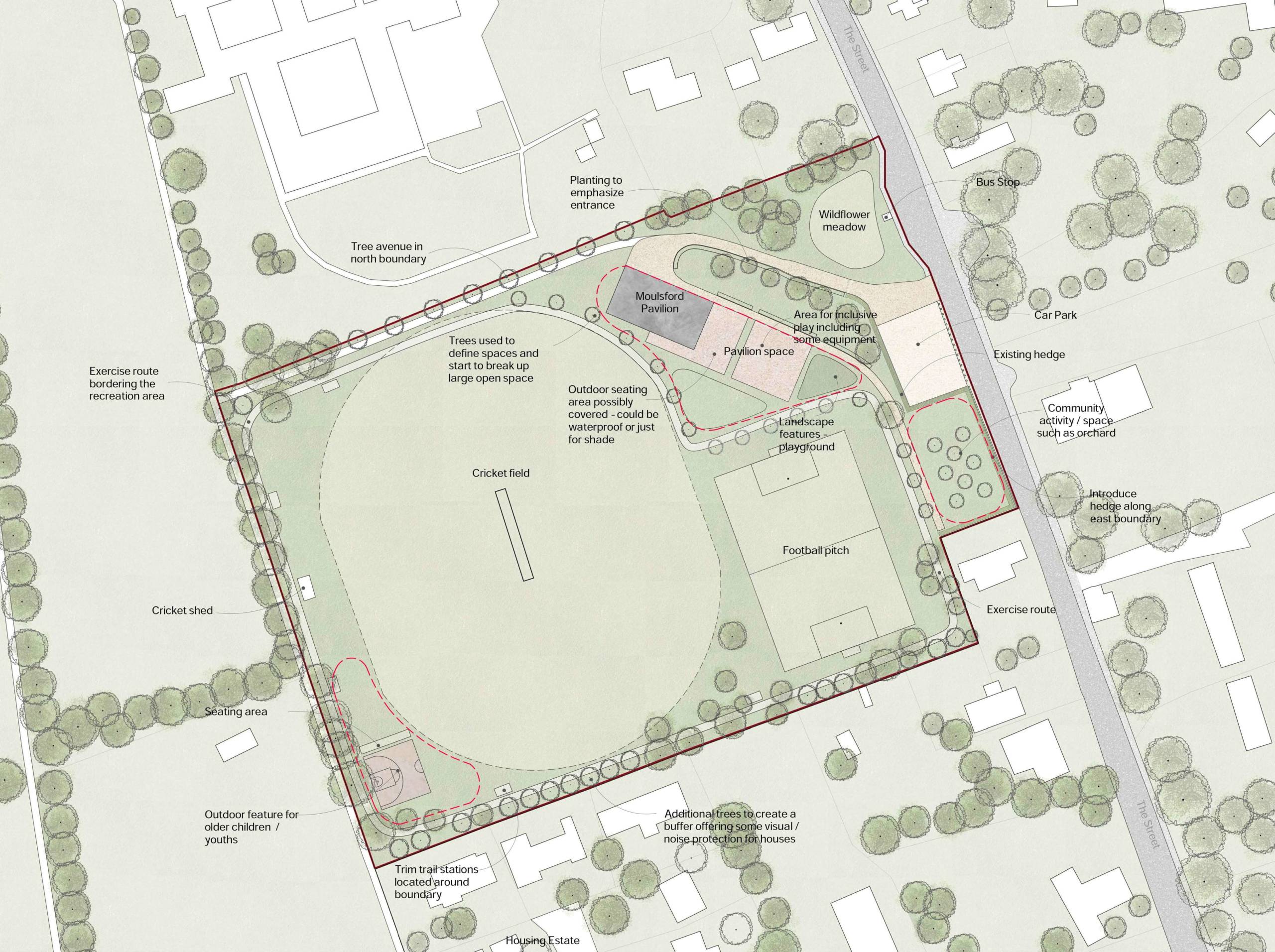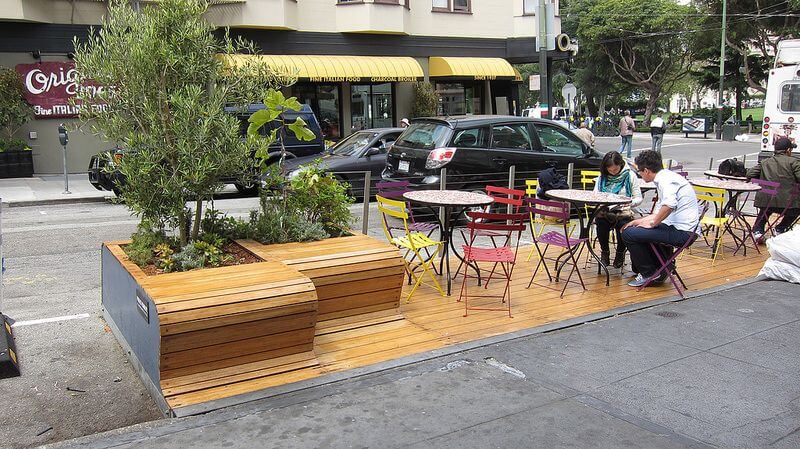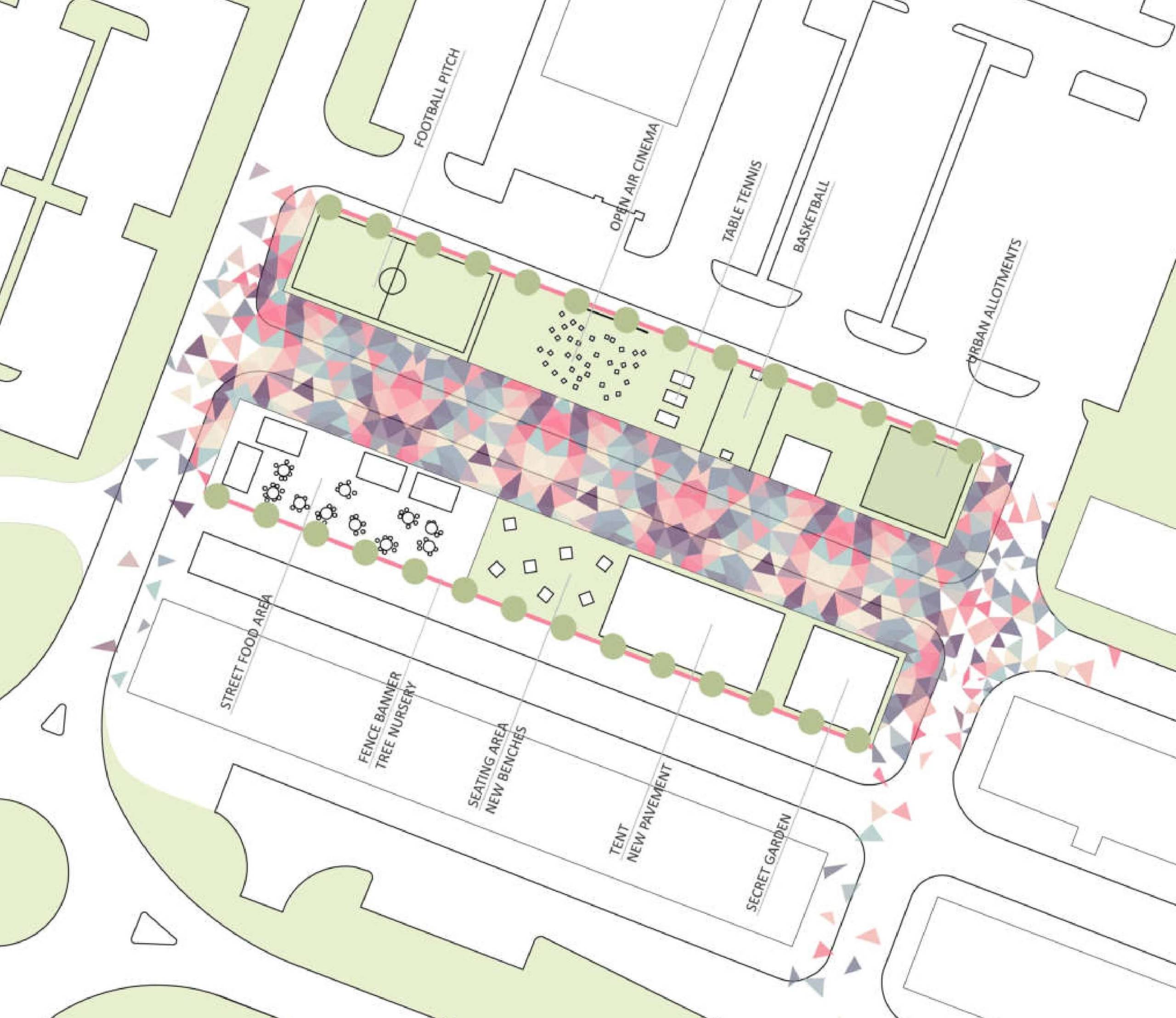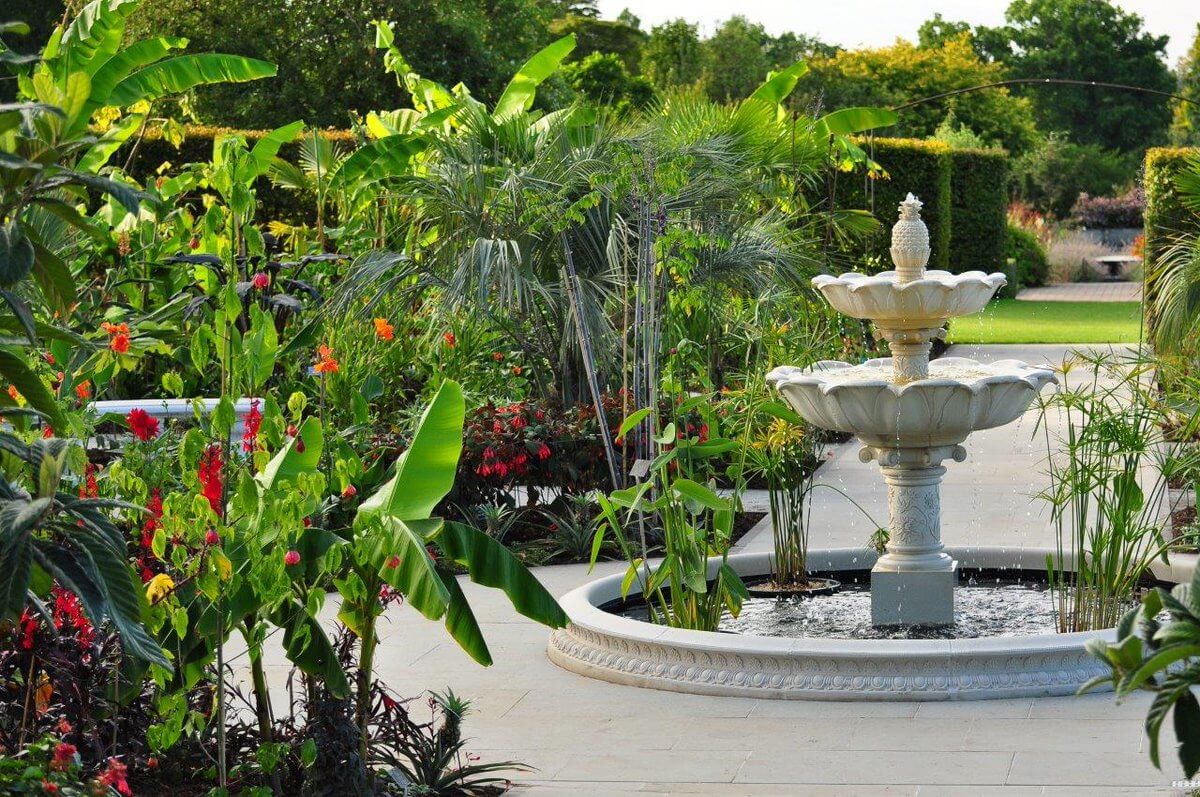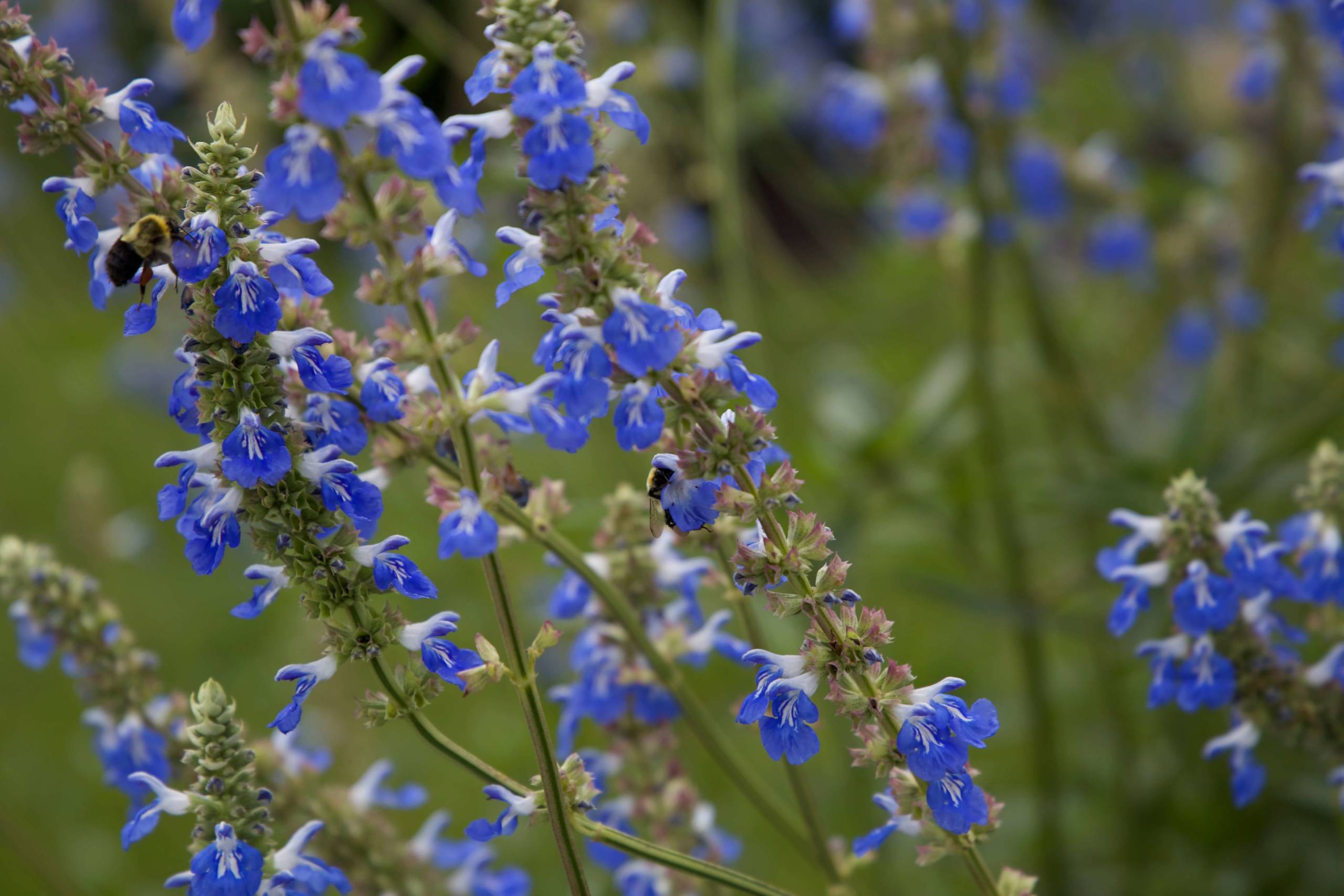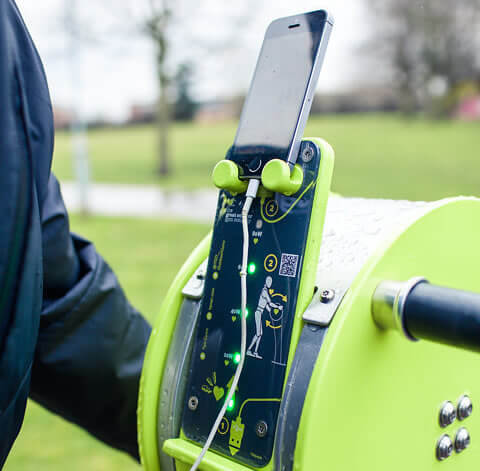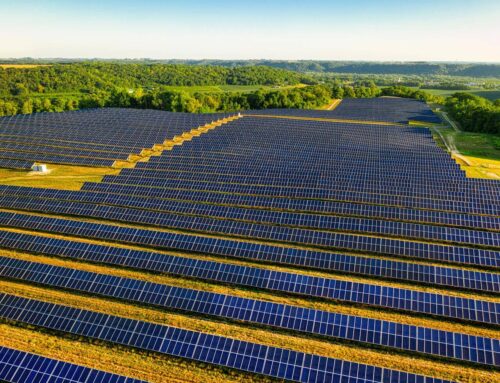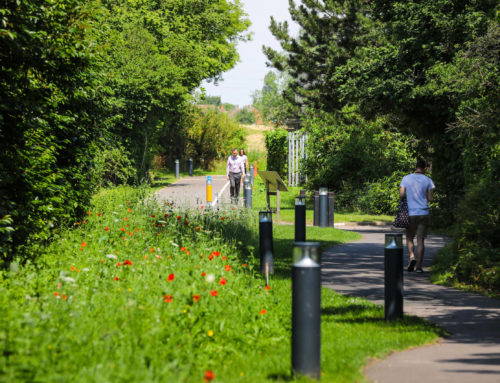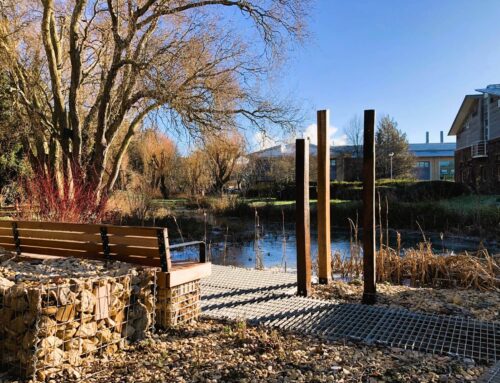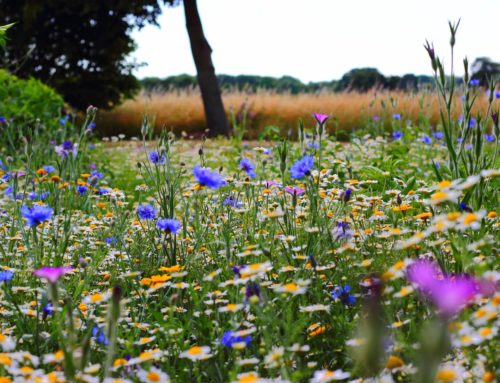Top 10 Landscape Trends for 2021
By Veronica Flemming, Associate Landscape Architect
It is safe to say that 2020 was a game-changer! As we grapple with the impact of the coronavirus pandemic and the way we interact with the world as a society, our thoughts turn to how this will affect landscape architectural trends in 2021. The following trends have been curated from our own professional experience and from predicted trends across other, related design areas ie. garden design and architecture.
1. Wellbeing Landscapes
The impact of the Covid-19 pandemic on our mental and physical health is only just becoming clear. Even prior to the pandemic, the impact that access to green space has on an individual or community’s physical and mental outcomes was well documented (see our article for a more in-depth look at the benefits of greenspace).
Our landscapes have been treasured more than ever as safe spaces, in which to shake off the cabin-fever of lockdown and to meet friends and family in safety. We see this re-prioritisation and investment in landscapes; creating environments where workers and residents can de-compress, exercise and reconnect with nature, being the no. 1 trend in landscape architecture across both the public and private sector.
2. Re-designing the street
Our city centres are going through a radical transformation; as people’s perceptions and experiences of travelling to and through public spaces, are impacted by COVID-19. With fewer people heading into the city to work, there has been a shift in the way our city centres operate.
In the short-term, there has been a re-configuration in many urban centres, to allow for increased out-door dining, walking and cycling as well as spaces to play, and a reduction in vehicular traffic. This has allowed people to benefit from safe spaces for social/physical distancing, whist outside. In addition, in the wake of The Black Lives Matter movement, our streets have been spaces for demonstration and protest, which reaffirms the rightful role of public plazas and streets for social discourse.
Sustrans, briefing paper: Reinventing the high street for covid-19 recovery.
With the economic pressure urban centres are facing; our biggest priority must be to ensure attractive space exists to entice people back to the high street. This means creating spaces that make people feel welcome, comfortable and safe. Despite the challenge this brings, we are also presented with opportunities. We believe that this re-evaluation and re-design of our streets as public spaces other than as traffic corridors, is sure to continue into 2021 and beyond.
3. Outdoor Living
The creation of outdoor living spaces as an extension of the indoors, is a 2020 trend that is sure to extend into 2021, as we look to optimise our home and work environments. Architecturally this will mean improving the flow between indoors and outdoors with folding or sliding glass doors. In addition, we anticipate the continued interest in high-end indoor-outdoor furniture; outdoor work spaces; and pergola/pagodas and awnings to extend the use of outdoor spaces throughout the year.
4. Planting to reduce air pollution
Public Health England, March 2019
The development of urban centres, usually comes at the cost of green spaces. However, in recent years there has been a real push by cities and public bodies around the world to plant specially selected trees, shrubs and hedges, which trap air pollution. This is a trend that we see continuing into 2021.
5. Investment in local public parks
With the lockdowns continuing into 2021, the importance of local public parks has never been so important, as we seek spaces in which to carry out our daily exercise in a safe, and easily accessible way.
Disparity in urban areas has become particularly evident during the pandemic, not only in the quantity and quality of space available, but also when busy, these spaces become inaccessible to vulnerable sectors of the population.
We believe that further investment to upgrade and increase community park and outdoor sports facilities will become a theme of 2021 and beyond, as we realise that our cities desperately need a more equitable distribution of green space.
6. Smart use of space
Having been trapped in our homes for extended periods of time, many have experienced the benefit of making the most of their garden space. This trend is set to continue in commercial landscapes, as occupiers and developers look to maximise the use of every inch of outdoor space. Whether by taking advantage of the reduction in car usage, in order to create temporary landscapes and parklets, or by using every available surface from walls, balconies and roofs to improve access to nature.
7. Grow Your Own
One of the biggest trends of 2020, which we see continuing into 2021 is gardening. Period. Throughout the pandemic, and the build up to Brexit, many people became interested in growing their own food, with applications for council-run allotments, soaring.
We have a number of business park and science park clients who are encouraging this interest by creating raised bed urban-gardens for occupiers. We anticipate this amenity being increasing popular, especially as people return to the workplace.
8. Garden Getaway
With the chances of escaping to somewhere hot and sunny looking less probable, garden owners and landscape designers are looking to create a getaway closer to home. With careful planting design and hard material selection, a low maintenance garden or courtyard can be designed, taking inspiration from the tropics, the beach or any location that makes you feel transported to somewhere else!
9. Planting for Nature
There is nothing like a global pandemic to focus minds on that other global threat; climate change!
Many people have enjoyed the restorative effect of nature in 2020. Plants that create a haven for birds and bees will continue to be high on the agenda in 2021. The importance of planting for nature will increase, as Biodiversity Net Gain becomes a planning requirement for developments, when the Environment Bill becomes law. (Look at the implications of this in our recent article Biodiversity Net Gain: The Benefits for Science and Business Parks).
10. Smart Technology in the Landscape
As socialising with colleagues and friends via a screen endures and accessibility and affordability of smart tech continues to improve, it should be no surprise that we are seeing smart technology becoming integrated into the landscape.
From playgrounds which cleverly combine digital fun with physical play to get kids moving, to outdoor gyms with integrated smart tech to measure and drive-up physical activity. The use of smart technology is set to continue.
On a wider scale, smart technology can help us create better living spaces through monitoring our energy usage, water consumption and air quality as well as empowering communities and policy makers to act to improve it.


